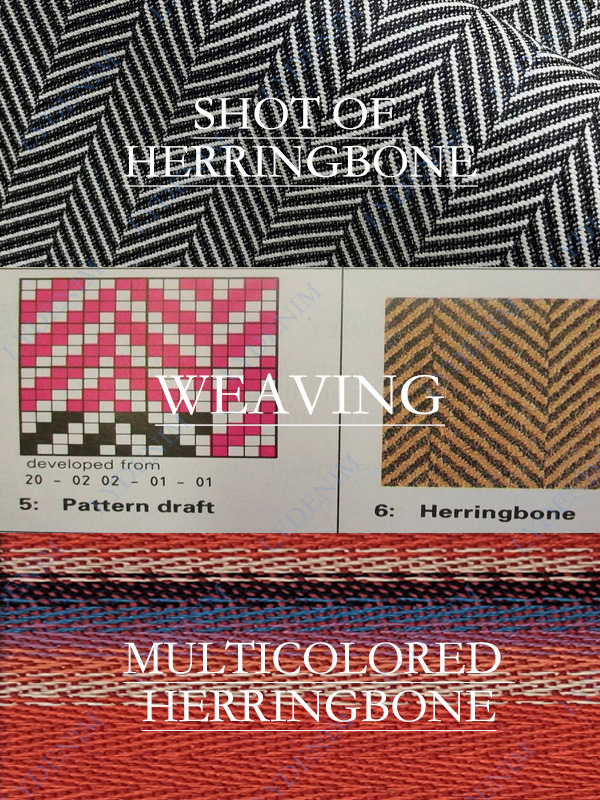Herringbone: A Timeless Pattern of History and Modern Appeal

Estimated reading time: ~5 minutes
1. Origins and Evolution
The herringbone pattern, also known as “fishbone” or “broken twill,” is a distinctive V-shaped design inspired by the bones of the herring fish. Its history traces back to Ancient Rome, where it was used in “Opus Spicatum”, a zigzag structure for roads and architecture that provided extra durability and stability.
It also appeared in Ancient Egyptian royal jewelry and was later woven into wool textiles in medieval Italy and Ireland, especially in traditional tweed suits that remain iconic to this day.
2. Weaving Technique & Visual Texture
Herringbone fabric is woven using a broken twill weave, where threads alternate directions to form repeating V-shapes. This switching at each point adds dimension and rhythm to the fabric, setting it apart from basic diagonal twills.
It enhances both texture and structure, offering a luxurious feel that looks solid from afar, yet reveals stunning detail up close — perfect for understated elegance.
3. Modern Fashion & Interior Use
Today, herringbone is a staple in modern fashion — from tailored suits and overcoats to scarves and blankets. Its structured pattern fits well with refined, minimalist styles, especially in autumn and winter collections.
In interior design, herringbone adds structure and elegance to rugs, upholstery, curtains, and even tile floors, blending traditional motifs with modern aesthetics.
Customization Services by LYDENIM
🎨 Visit lydenim.com to explore our custom textile solutions and bespoke garment services.
🛍️ Explore & Get Inspired: Browse our fabric selections and discover design ideas on LYDenim.
🌐 Elastic Clothing: Check out our offerings on MyAlibaba. 📩 Contact Us: Reach out at malone@lydenim.com.
Create your denim masterpiece with LYDENIM—your trusted partner for stretch fabric and custom denim solutions.



